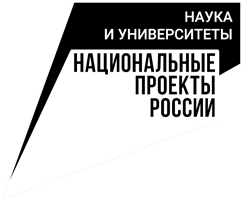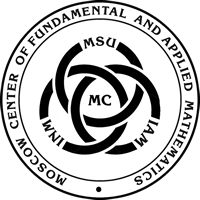The meeting of the seminar
«Supercomputer technologies
in science, education and industry»
| Chairman of the organizing committee | |
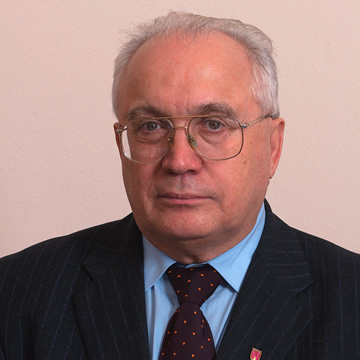 |
V.A. Sadovnichy academician, rector of Lomonosov Moscow State University |
Co-Chairs of the organizing committee |
|
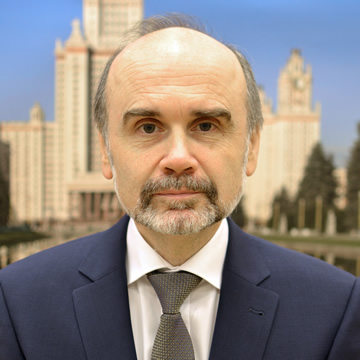 |
Vl.V. Voevodin Corr. RAS, Director of Research Computing Center of Moscow State University |
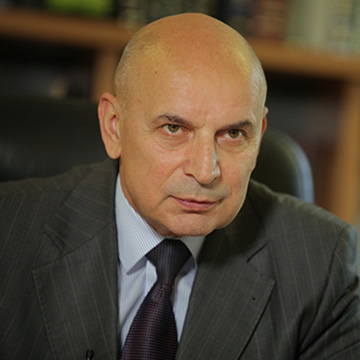 |
I.A. Sokolov academician, dean of the faculty of Computational Mathematics and Cybernetics of Lomonosov Moscow State University |
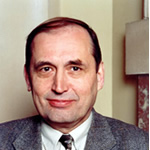 |
A.V. Tikhonravov D. in Physics and Mathematics, Professor, Research Computing Center of Moscow State University |
Scientific Secretary of the seminar |
|
| A.A. Hudoleeva Research Computing Center of Moscow State University |
|
The seminar was organized on the basis of the Scientific and Educational Center «Supercomputer Technologies». The reports cover all aspects of the use of supercomputers, parallel computing systems and distributed data processing methods for solving large computational problems. The seminar has a pronounced interdisciplinary nature, however, the various nuances of using supercomputer technologies are of interest to researchers from various fields.
The seminar is supported by the Moscow Center of Fundamental and Applied Mathematics.
Researchers, teachers, graduate and undergraduate students are invited.
PROGRAM
16:20 (GMT +3)
| I.B. Kovalenko D. in Physics and Mathematics, Associate Professor, Department of Biophysics, Faculty of Biology, Lomonosov Moscow State University |
High-Performance Computing for Studying the Interactions of Biomacromolecules by Brownian and Molecular Dynamics Methods
The talk will focus on high-performance computations using molecular and Brownian dynamics methods as applied to (1) protein-protein interactions, (2) microtubule dynamics, (3) interactions of antimicrobial agents with bacterial and viral membranes. Performance tests of computational resources with different architectures in molecular dynamics problems will be presented. Calculations using modern computational hybrid architectures, such as 13th generation Intel processors + NVidia RTX 4080 GPUs and earlier, will be discussed.
References for the topic of the paper:
V. A. Fedorov, E. G. Kholina, I. B. Kovalenko et al. Update on performance analysis of different computational architectures: Molecular dynamics in application to protein-protein interactions // Supercomputing Frontiers and Innovations. — 2020. — Vol. 7, no. 4. — P. 62–67.
https://superfri.org/index.php/superfri/article/view/337
DOI: 10.14529/jsfi200405
V. A. Fedorov, E. G. Kholina, I. B. Kovalenko, N. B. Gudimchuk. Performance analysis of different computational architectures: molecular dynamics in application to protein assemblies, illustrated by microtubule and electron transfer proteins // Supercomputing Frontiers and Innovations. — 2018. — Vol. 5, no. 4.
https://superfri.org/index.php/superfri/article/view/244
DOI: 10.14529/jsfi180414
(1) Protein complex formation is a complex multistep process requiring the consideration of many factors, such as long-range electrostatic interactions between protein surfaces, geometrical and chemical complementarity of binding regions, molecular mobility at the protein-protein interface, hydrophobic interactions. We developed an original approach making it possible to predict the structure of the formed complex and the molecular mechanisms which lead to its formation by combining the methods of Brownian and molecular dynamics. This approach allowed us to reveal the role of electrostatic and hydrophobic interactions in the formation of plastocyanin and cytochrome f protein complex in cyanobacteria, green algae and higher plants and show that their role in complex formation changes with evolutionary changes in protein sequences.
V. A. Fedorov, I. B. Kovalenko et al. Comparative analysis of plastocyanin-cytochrome f complex formation in higher plants, green algae and cyanobacteria // Physiologia Plantarum. — 2019. — V. 166, No. 1. — P. 320-335
https://onlinelibrary.wiley.com/doi/abs/10.1111/ppl.12940
DOI: 10.1111/ppl.12940
(2) The behavior of individual tubulin protofilaments and unstructured tubulin tails will be examined to investigate the phenomenon of dynamic microtubule instability and the role of the "tubulin code" in regulating microtubule dynamics.
J. Chen et al. Alpha-tubulin tail modifications regulate microtubule stability through selective effector recruitment, not changes in intrinsic polymer dynamics // Developmental Cell. – 2021. – Vol. 56. – P. 1–13.
https://www.sciencedirect.com/science/article/abs/pii/S1534580721004056
DOI: 10.1016/j.devcel.2021.05.005
V. A. Fedorov, P. S. Orekhov, E. G. Kholina, A. A. Zhmurov, F. I. Ataullakhanov, I. B. Kovalenko, N. B. Gudimchuk. Mechanical properties of tubulin intra- and inter-dimer interfaces and their implications for microtubule dynamic instability // PLoS Computational Biology. — 2019. — Vol. 15, no. 8. — P. e1007327.
https://journals.plos.org/ploscompbiol/article?id=10.1371/journal.pcbi.1007327
DOI: 10.1371/journal.pcbi.1007327
(3) The study of the mechanisms of action of widely used antiseptics such as miramistine, chlorhexidine, octenidine and others on bacteria was made possible by the use of molecular modeling and high-performance computing. Molecular mechanisms of action of these antiseptics were revealed using coarse-grained molecular dynamics. The mechanisms of action of photosensitizers (zinc phthalocyanine, methylene blue) on the outer membranes of bacteria and viruses were studied. The interaction of photosensitizers with the surface of the SARS-CoV-2 virion was examined.
E. G. Kholina, I. B. Kovalenko et al. Cationic antiseptics facilitate pore formation in model bacterial membranes // Journal of Physical Chemistry B. — 2020. — Vol. 124, no. 39, — P. 8593–8600.
https://pubs.acs.org/doi/10.1021/acs.jpcb.0c07212
DOI: 10.1021/acs.jpcb.0c07212
E.G. Kholina, I.B. Kovalenko et al. Insights into the formation of intermolecular complexes of fluorescent probe 10-n-nonyl acridine orange with cardiolipin and phosphatidylglycerol in bacterial plasma membrane by molecular modeling // Molecules. — 2023. — Vol. 28, no. 4. — P. 1929.
https://www.mdpi.com/1420-3049/28/4/1929
DOI: 10.3390/molecules28041929
V. Fedorov et al. Electrostatic map of the SAR-CoV-2 virion specifies binding sites of the antiviral cationic photosensitizer // International Journal of Molecular Sciences. — 2022. — Vol. 23, no. 13. — P. 7304.
https://www.mdpi.com/1422-0067/23/13/7304
DOI: 10.3390/ijms23137304
The seminar will be held in the form of a webinar on the Zoom platform.
To participate in the webinar, we ask you to enter your data in the Google spreadsheet:
https://docs.google.com/spreadsheets/d/1DaajEhgGB7sYEsEoT1C-vm1Vz9XgvfCNQ4tzNXbpd2E/edit#gid=0
A link to the Zoom conference will subsequently be sent to your email address.
